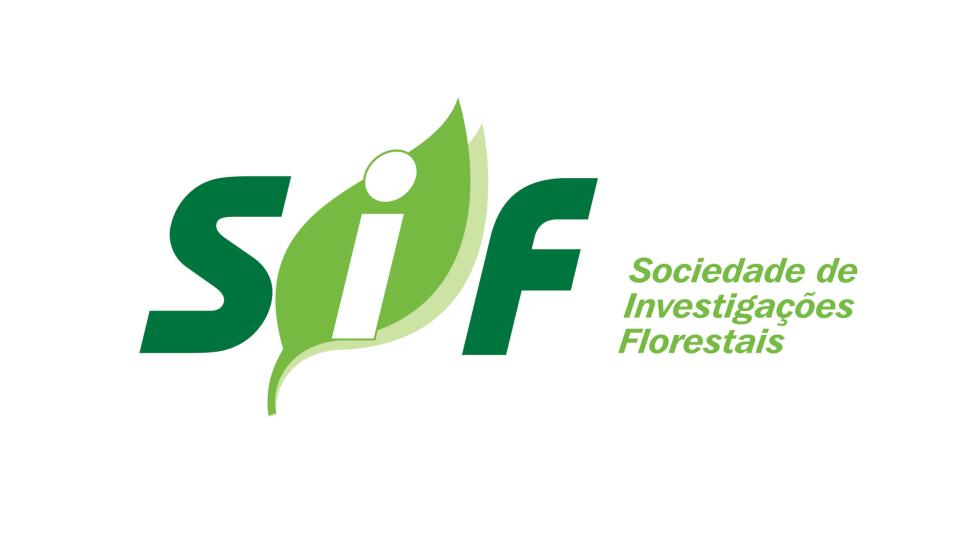Biblioteca Florestal
Digital
Digital
Regeneração de uma população natural de Araucaria angustifolia (Araucariaceae)

JavaScript is disabled for your browser. Some features of this site may not work without it.
| dc.contributor.author | Paludo, Giovani Festa | |
| dc.contributor.author | Mantovani, Adelar | |
| dc.contributor.author | Reis, Maurício Sedrez dos | |
| dc.date.accessioned | 2014-09-26T14:44:51Z | |
| dc.date.available | 2014-09-26T14:44:51Z | |
| dc.date.issued | 2011 | |
| dc.identifier.citation | PALUDO, G. F; MANTOVANI, A; REIS, M. S. Regeneração de uma população natural de Araucaria angustifolia (Araucariaceae). Revista Árvore, Viçosa, v. 35, n. 5, p. 1107-1119. 2011. | pt_BR |
| dc.identifier.issn | 1806-9088 | |
| dc.identifier.uri | http://www.bibliotecaflorestal.ufv.br/handle/123456789/11622 | |
| dc.description.abstract | Estudos têm indicado baixa capacidade de regeneração em Araucaria angustifolia (Bertol.) Kuntze, baseados principalmente no baixo número de indivíduos regenerantes, não existindo estudos da dinâmica da regeneração natural. Dessa forma, o objetivo deste trabalho foi estudar a dinâmica da regeneração de plantas de uma população natural conservada de A. angustifolia sob uma floresta desenvolvida. Em uma parcela permanente de 5,1 ha, na Reserva Genética Florestal de Caçador (SC), foram avaliados, em três anos consecutivos, os indivíduos regenerantes (< 5 m de altura) e discutidos os principais fatores responsáveis pela estrutura encontrada, sendo o padrão espacial analisado com a Função K, de Ripley. Foi encontrada variação no número de ingressantes entre os anos avaliados, bem como nos indivíduos mortos. O estágio crítico para a regeneração da espécie se mostrou logo nos primeiros anos de desenvolvimento até os 0,5 m de altura. A agregação predominou nos indivíduos ingressantes e na regeneração natural como um todo. Mas como a espécie é longeva, ela pode manter baixo número de indivíduos regenerantes na população e, mesmo assim, ter sucesso na regeneração. | pt_BR |
| dc.description.abstract | Some studies have been suggesting low regeneration capacity in Araucaria angustifolia (Bertol.) Kuntze, based mainly on the small number of regenerating individual. However, there are no works on natural regeneration dynamics. The objective of this work was to study regeneration dynmics of plants in a conserved- natural population of A. angustifolia under a developed forest. In a permanent 5.1 ha-plot was installed in the Forest Genetic Reserve of Caçador, state of Santa Catarina. It was evaluated in three consecutive years the regenerating individuals (< 5m tall) and it was discussed the probable factors responsible for found structure. The spatial pattern was analyzed with the Ripley’s K Function. It was found variation in the number of ingressing individuals among the evaluated years, as well as for the dead individuals. The critical stage of regeneration of this species appeared in the first years of development 0.5 m of height. Aggregation was predominant in the ingressing individuals and in natural regeneration as a whole. But, because A. angustifolia is a long- lived species, it can keep a low number of regenerating individuals in the population and even though succeed in regeneration. | pt_BR |
| dc.format | 13 páginas | pt_BR |
| dc.language.iso | pt_BR | pt_BR |
| dc.publisher | Sociedade de Investigações Florestais | pt_BR |
| dc.relation.ispartofseries | Revista Árvore:v.35,n.5; | |
| dc.subject.classification | Ciências Florestais::Meio ambiente::Ecologia e ecossistemas florestais | pt_BR |
| dc.title | Regeneração de uma população natural de Araucaria angustifolia (Araucariaceae) | pt_BR |
| dc.title | Regeneration in a natural population of Araucaria angustifolia (Araucariaceae) | pt_BR |
| dc.type | Artigo | pt_BR |
Arquivos deste item
| Arquivos | Tamanho | Formato | Visualização | Descrição |
|---|---|---|---|---|
| Revista_Arvore_v35_n5_p1107-1119_2011.pdf | 470.7Kb |

|
Visualizar/ |
Artigo |





